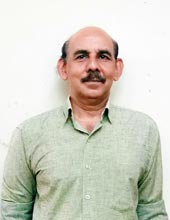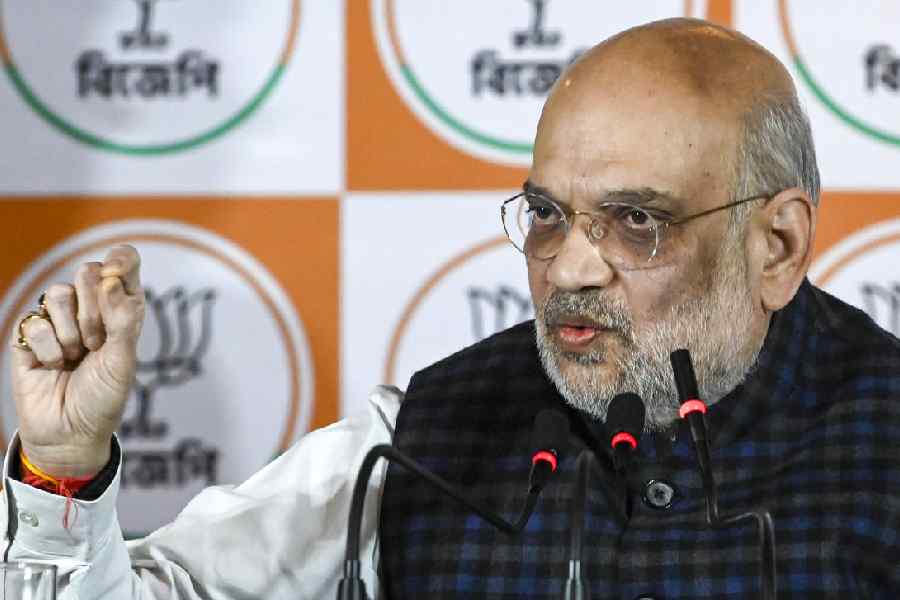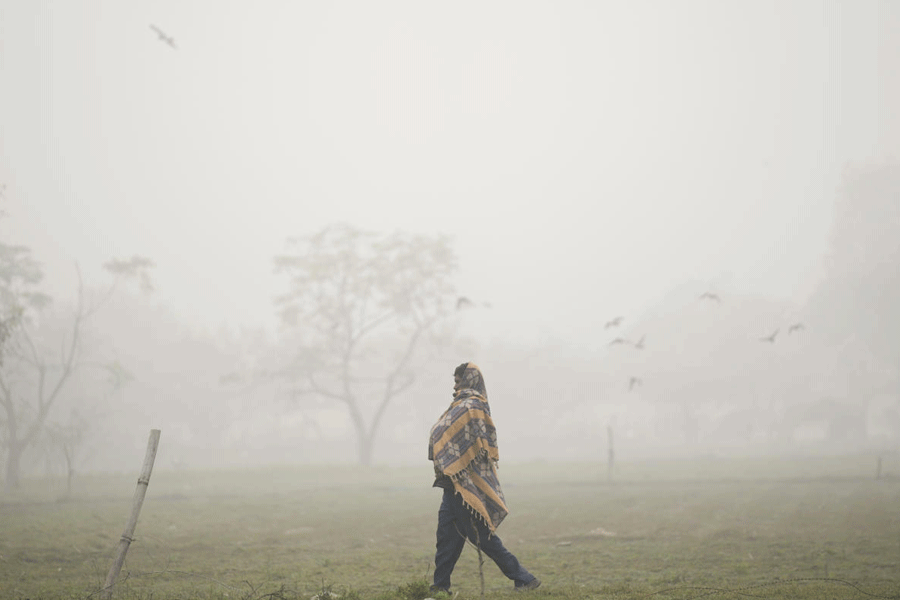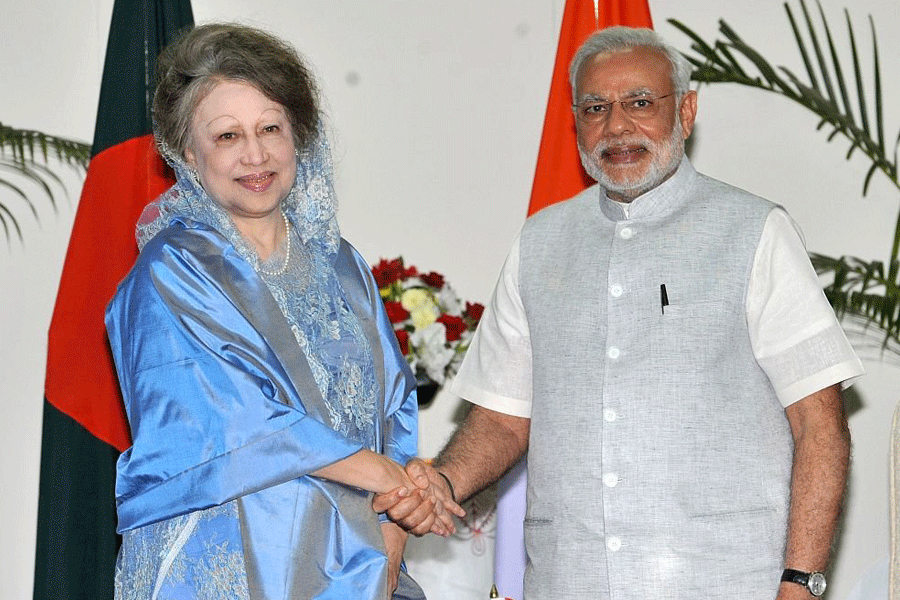
New Delhi: A little over a year from retirement, Dasammul Asirvadam Evans wants to stay clear of controversy - so he has all but abandoned experiments with mobile phones and a box of cockroaches.
Evans, professor of zoology at the University College, Thiruvananthapuram, has conducted studies that he claims suggest that exposure to mobile phone radiation disrupts key brain chemicals in cockroaches and induces sedation in the insects.
The studies, published on Monday in Current Science, a journal published by the Indian Academy of Sciences, suggest that among other changes, exposure to mobile phone radiation increases the concentrations of a brain transmitter called acetylcholine esterase in the brains of cockroaches.
However, the Centre has turned down his proposal for research on the biological impact, if any, of radiation from mobile phone towers on honeybees, and Evans isn't pursuing the project for now.
"It can be controversial. I like my peace; I retire in March 2019 and do not want controversy," Evans said. "If they don't support this project, we can work on other projects."
In the college experiments, performed by postgraduate zoology students, the researchers exposed cockroaches placed in a box to different levels of mobile phone calls. Each call lasted one minute and the next followed after five minutes, with the sequence designed for an hour, three hours and six hours of phone calls.
Evans says the results suggest that mobile phone radiation may have similar effects as some insecticides that also lead to the accumulation of acetylcholine esterase and have neurotoxic effects.
The scientists say their findings add new data to the longstanding and controversial discourse over the health effects of mobile phone radiation. The International Agency for Research in Cancer had six years ago classified radio-frequency electromagnetic fields associated with mobile phones as "possibly carcinogenic" to humans.
There is limited evidence of carcinogenicity in humans and less than sufficient evidence for carcinogenicity in experimental animals.
Multiple health agencies, including the US National Institute of Environmental Health Sciences, have indicated that the weight of the current scientific evidence does not conclusively link cellphone use with any adverse health problems, suggesting more research is needed.
Following preliminary results from his cockroach experiment, Evans had submitted the research proposal involving honeybees to the Union science and technology ministry and was turned down.
The Indian Council of Medical Research had six years ago launched India's first research effort to systematically track the health of mobile phone users.
But the lack of adequate number of people without any exposure to mobile phones to serve as controls - a consequence of the proliferation of mobile phones - has delayed its progress.
Scientists at the All India Institute of Medical Sciences and the Jawaharlal Nehru University in New Delhi had hoped to examine the blood biochemistry, ears, brains and cardiovascular and reproductive health of men and women mobile users for five years.











